A brief history of Ireland for travellers
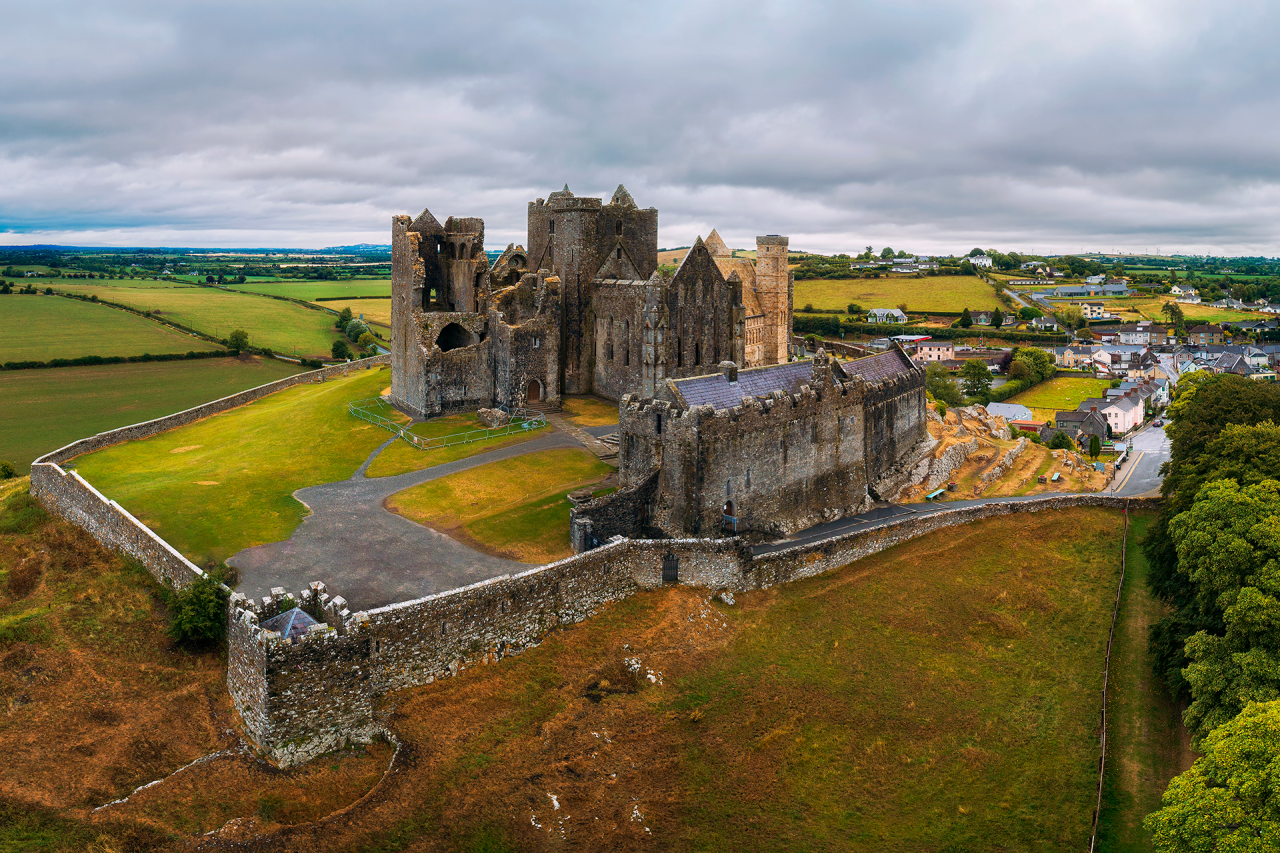
A nation imbued with tradition and a strong cultural identity, Ireland has a fascinating back story. From its early beginnings to its recent history, the country you visit today has been shaped by religion, wars and famine. Getting your head around Ireland’s past will go a long way to helping you understand its modern make-up, so if you’re planning a trip, these five sites, compiled by Lottie Gross, are the perfect stepping stones.
See ancient civilisations at Newgrange
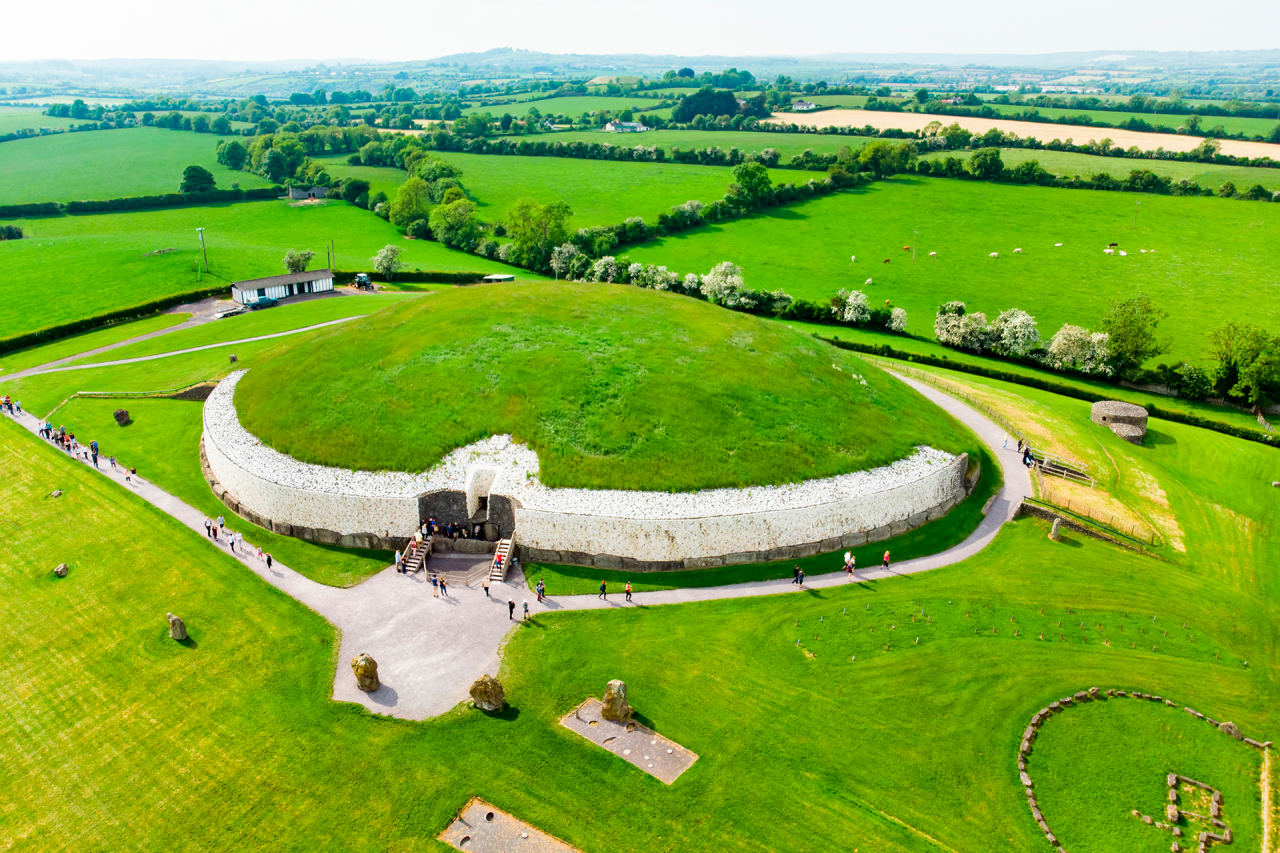
Around 10,000 years ago, Ireland was an uninhabited wilderness. Its blustery hills and cliff-tops only saw human activity when hunter-gatherers arrived around 9,500 years ago, but little remains of their existence on the land. At Newgrange, though, a mammoth prehistoric monument presides over the patchwork of green fields in County Meath, dating back to 3200 BC.
This Neolithic tomb is astonishing in size – almost 80 metres (262 feet) in diameter with a grassy top and stacked stone sides – and it’s estimated to weigh 2,000 tonnes. Not only is it a passage tomb, but it’s also an ancient solar observatory. Come here on the winter solstice (21 December) and the sun will align perfectly to illuminate a chamber deep inside.
There’s intricate artwork carved into the rock inside, and beyond the walls, a stone circle lies next to the monument dating back to around 2000 BC.
Meet medieval Ireland at the Rock of Cashel

Once ruled over by the Kings of Munster around the 5th century, the vast and imposing Rock of Cashel was later given to the church to flourish as a religious centre. This enormous medieval castle’s history isn’t all pious, though, as it came under siege by Cromwell’s army in the mid 1600s and 3,000 of its occupants were slaughtered. It was one of the many places that suffered at the hands of the English general’s anti-Catholic views during the Cromwellian Conquest of Ireland.
Today, an impressive amount of its original medieval architecture remains, the oldest part – the Round Tower – dating back to AD 1100. The tower was originally constructed using the drystone method so common across the country, but it was recently filled in with mortar in some places to keep visitors safe.
Don’t miss Cormac’s Chapel, a stunning example of Romanesque architecture with its impressive vaulted ceiling.
Walk the Famine Way from Strokestown Park
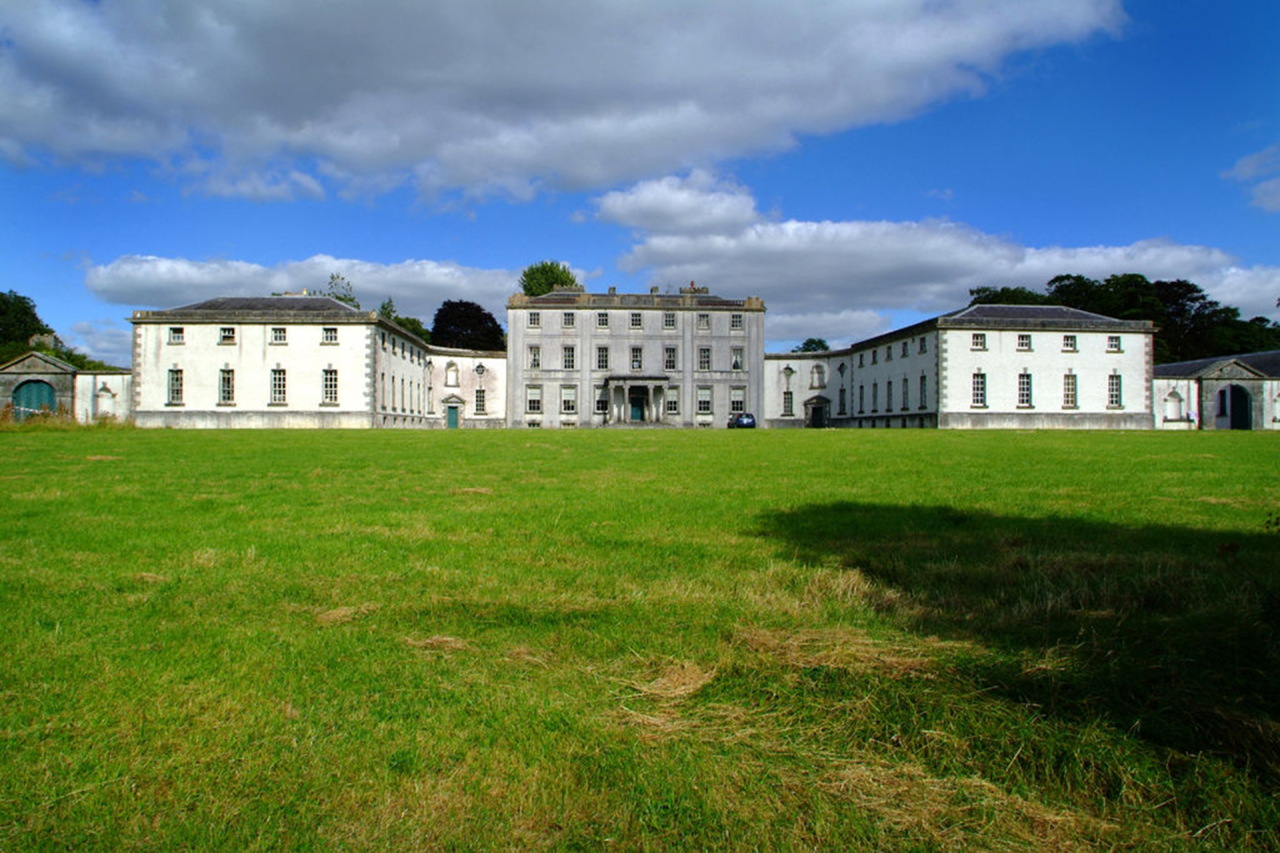
Fast-forward to the 1800s and Ireland was under British rule again, as it had been numerous times throughout its turbulent history. This decade, though, didn’t bring another war, but a famine instead. By 1840 almost half the Irish population relied on potatoes for every meal, and the rest of the population consumed the vegetable in large quantities too. And so when late blight disease hit the country’s crops in 1845, the country was plunged into a devastating famine which saw one million people lose their lives.
Another two million emigrated from Ireland seeking better fortunes in the United States and Canada, and it was at Strokestown Park that many joined MP Thomas Mahon’s ‘assisted emigration’ scheme. Today the Palladian manor house is home to the excellent National Famine Museum and a vast archive with over 50,000 related documents.
From here, you could walk the National Famine Way – a 167km (103 miles) trail from Strokestown to Dublin, where the emigrants would have climbed aboard the ships that sealed their often tragic fate.
Learn about independence and partition in Dublin
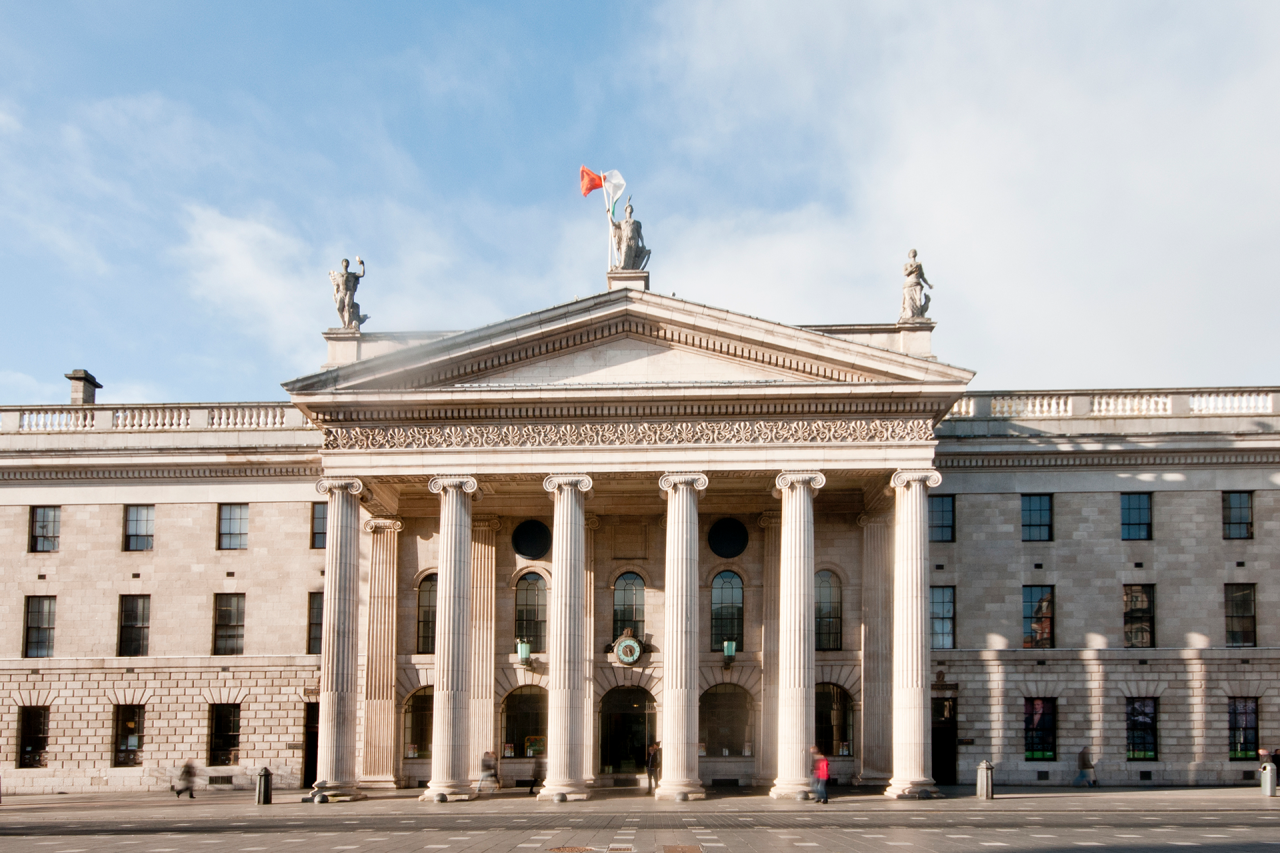
Perhaps the most significant building in Ireland’s recent history, the General Post Office in Dublin is an elegant, rather regal construction. Its exterior belies the complex and often violent politics that played out here, as this was where the famous Easter Rising incident sparked the War of Independence.
It was Easter Monday in 1916 when the Irish Volunteers and Irish Citizen Army stormed the building to take control of it while activist Patrick Pearse read out Proclamation of the Irish Republic. The rebels seized the General Post Office for a week before retreating from the extensive shelling by the British, and in the following few weeks, 14 of the leaders of the rebellion were captured and shot dead in Kilmainham Gaol.
The building has since been restored and is now open to visitors. Its excellent exhibition, GPO Witness History, is a compelling way to understand what led to the partition of Ireland and War of Independence years later.
Seek out political art in Belfast, Northern Ireland
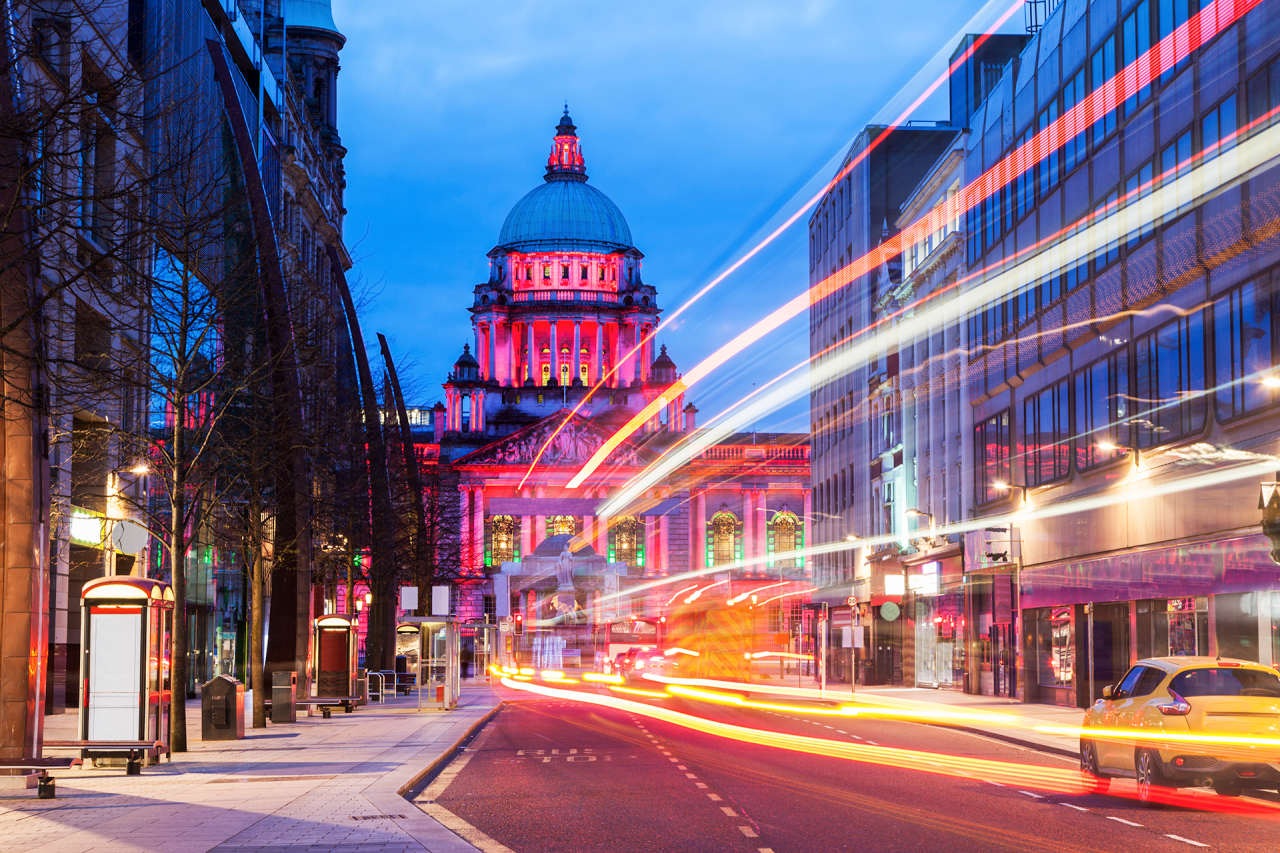
To this day, Northern Ireland remains in the United Kingdom, but it hasn’t always been a peaceful union. From 1968 to 1998 a drawn out and violent, sectarian conflict took place across the country between largely Catholic Irish Nationalists and vastly Protestant Loyalists. During this time, over 3,500 people died as a result of sniper attacks, street fighting and devastating bombings.
It was only in 1998 that the Good Friday Agreement was drawn up and the terror officially ended, but today, signs of the division remain on the streets of Belfast. During the conflict, art was a way to show which side you belonged to, and in two of the city’s most intransigent communities, you can still see the murals today. On the Protestant Shankhill Road and Catholic Falls Road, the walls of homes were painted with emblems of their respective political beliefs, and kerb stones coloured red, white and blue or green, white and orange.
While new artworks have been designed by local children to make the areas more welcoming and reinforce the peace process, many of these old murals still remain and visitors can see them all on a Black Cab Tour of the city.
Read next
Ireland inspiration: 5 incredible books to read
Dreaming of a trip to the Emerald Isle? Let Ireland’s long tradition of literary greats introduce you to their country and culture, inspire your next trip, or simply whisk you away on an incredible adventure in the comfort of your own home.
6 European cycle rides to dream about
As the birthplace of the bicycle, Europe is the perfect place for a cycling adventure. With options ranging from straightforward day rides to epic grand tours, there’s a cycle route to suit every skill level and occasion. Here are a handful of our favourites from Ride: Cycle the World to get you started.



